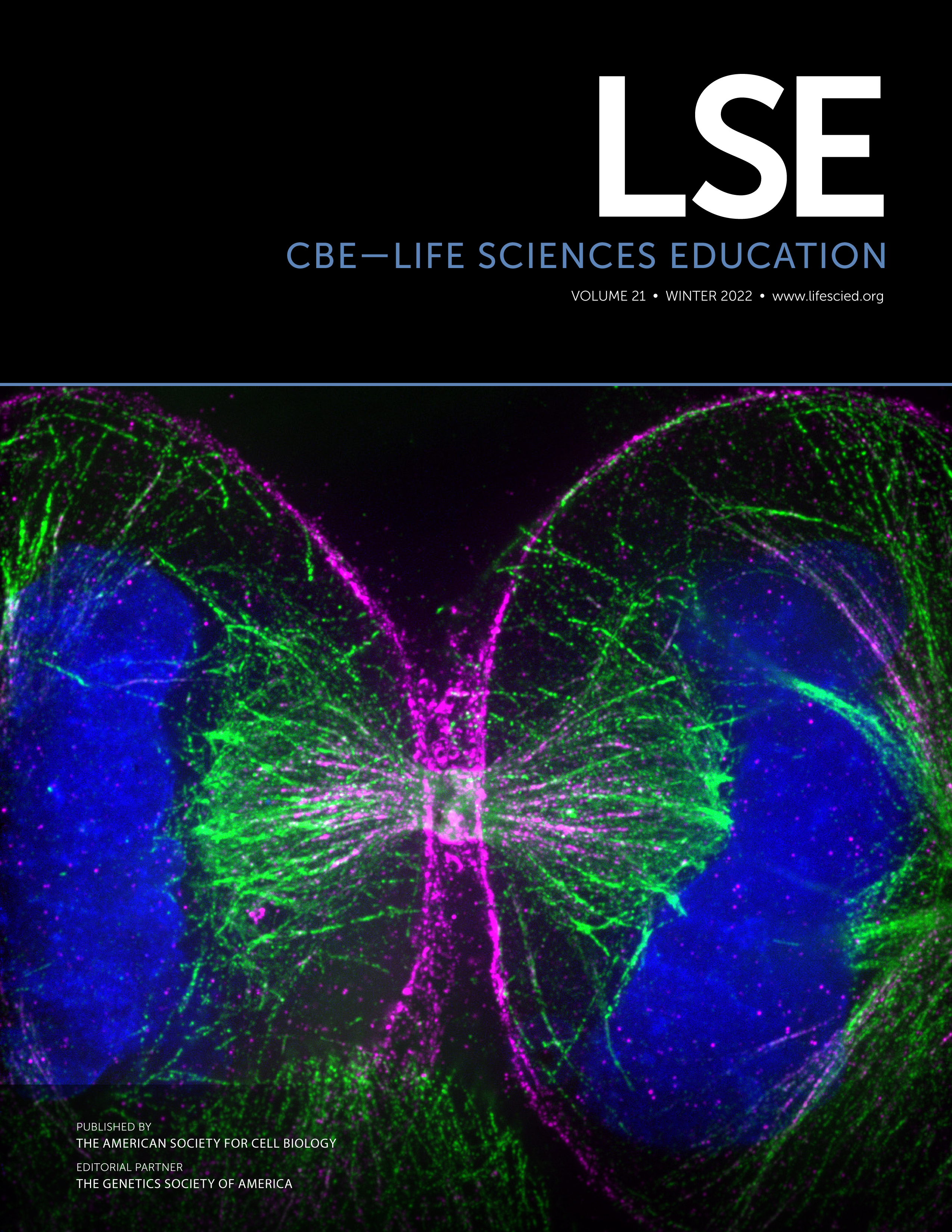External Collaboration Results in Student Learning Gains and Positive STEM Attitudes in CUREs
Abstract
The implementation of course-based undergraduate research experiences (CUREs) has made it possible to expose large undergraduate populations to research experiences. For these research experiences to be authentic, they should reflect the increasingly collaborative nature of research. While some CUREs have expanded, involving multiple schools across the nation, it is still unclear how a structured extramural collaboration between students and faculty from an outside institution affects student outcomes. In this study, we established three cohorts of students: 1) no-CURE, 2) single-institution CURE (CURE), and 3) external collaborative CURE (ec-CURE), and assessed academic and attitudinal outcomes. The ec-CURE differs from a regular CURE in that students work with faculty member from an external institution to refine their hypotheses and discuss their data. The sharing of ideas, data, and materials with an external faculty member allowed students to experience a level of collaboration not typically found in an undergraduate setting. Students in the ec-CURE had the greatest gains in experimental design; self-reported course benefits; scientific skills; and science, technology, engineering, and mathematics (STEM) importance. Importantly this study occurred in a diverse community of STEM disciplinary faculty from 2- and 4-year institutions, illustrating that exposing students to structured external collaboration is both feasible and beneficial to student learning.



